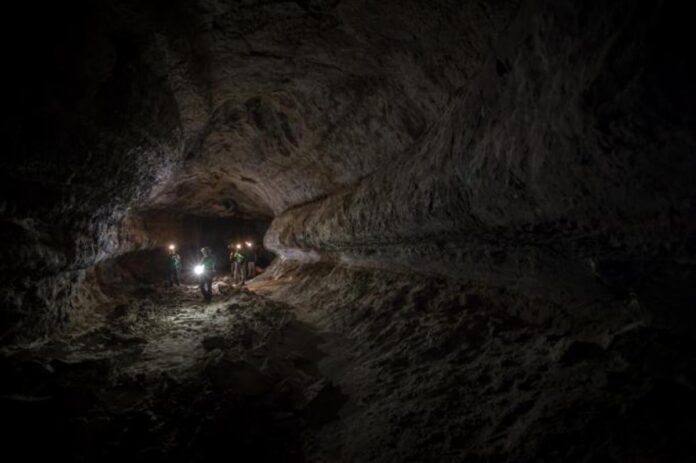Scientists have found nine caves on Mars that they believe are the most likely viable sites for future Martian exploration missions.The research, presented last month at The Geological Society of America’s Connects 2022 conference, found these caves to be suitable to build shelters for future astronauts as they can provide protection from the harsh environment on the Red Planet.Researchers, including those from the University of Arizona in the US, say future crewed missions could also capitalise on the naturally-occurring resources available in these habitats.Mars is known to have a hostile environment with wildly fluctuating temperatures between day and night, harsh radiation, as well as frequent bombardment by meteorites and space rocks.Scientists have long believed cave-like structures on Mars known as subsurface voids can provide some respite to future astronauts from these harsh conditions.Since the discovery of the first such caves on Mars, Nasa’s robotic spacecraft the Mars Odyssey Orbiter has helped identify over 1000 likely void spaces on the Red Planet that have been compiled into the Mars Global Cave Candidate Catalog, also known as MGC3.In the new study, researchers first narrowed down the list to more suitable caves for future missions by picking sites that are about 100km (60 miles) of a suitable spacecraft landing site.Eliminating those that pose limitations due to their elevations for touchdown on the Martian surface, as well as entry, descent, and landing technology limits, scientists could first narrow down to 214 potential areas of interest.Researchers defined a site with a viable landing site as one below an elevation of about 1000m (3,300ft).Such low-lying areas are more suitable, scientists say, as these provide an advantage during the arduous task of landing a space craft on Mars in what is popularly called the ‘seven minutes of terror’. They then narrowed down the list further, selecting caves that had high-resolution imagery available of them.Of these candidates, researchers homed in on pits that extended to a considerable distance underground and selected nine caves. They believe these voids on the Martian surface could be suitable for astronauts to build shelters in future crewed missions.These pits on Mars, the largest of which is bigger than a football field, could be worth a further look, study lead author Nicole Bardabelias told The New York Times.


